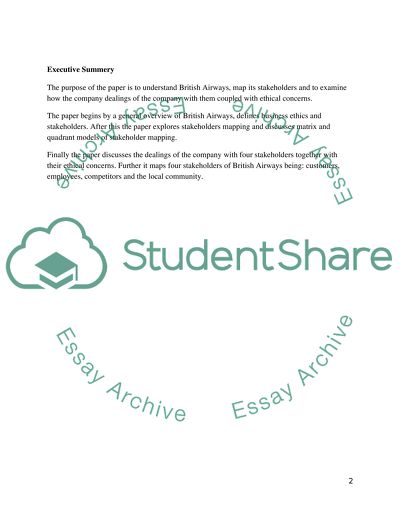Cite this document
(“Map British Airways stakeholders. Describe with examples from at least Essay”, n.d.)
Retrieved from https://studentshare.org/english/1461125-ypmap-british-airways-stakeholders-describe-with
Retrieved from https://studentshare.org/english/1461125-ypmap-british-airways-stakeholders-describe-with
(Map British Airways Stakeholders. Describe With Examples from at Least Essay)
https://studentshare.org/english/1461125-ypmap-british-airways-stakeholders-describe-with.
https://studentshare.org/english/1461125-ypmap-british-airways-stakeholders-describe-with.
“Map British Airways Stakeholders. Describe With Examples from at Least Essay”, n.d. https://studentshare.org/english/1461125-ypmap-british-airways-stakeholders-describe-with.


